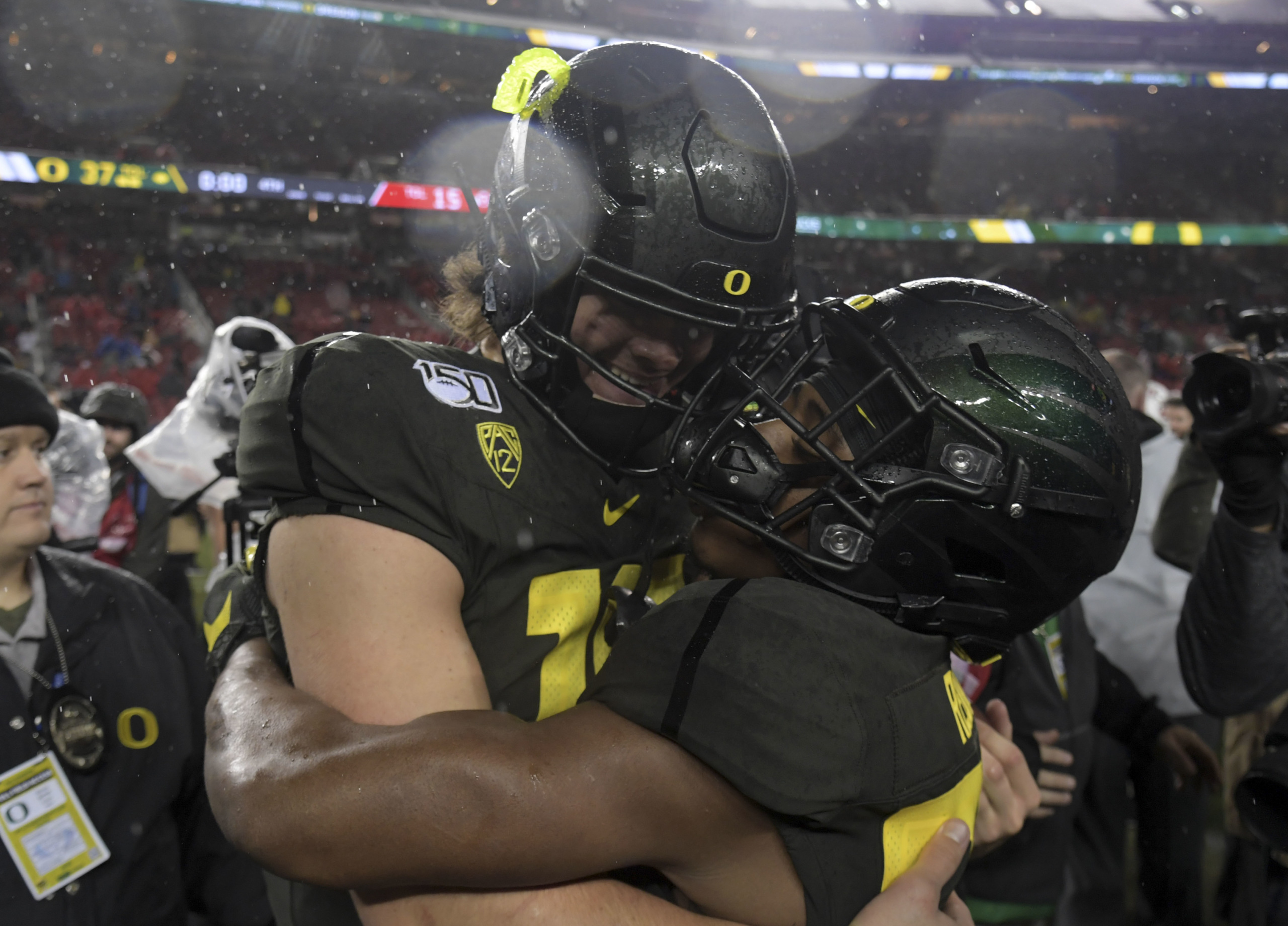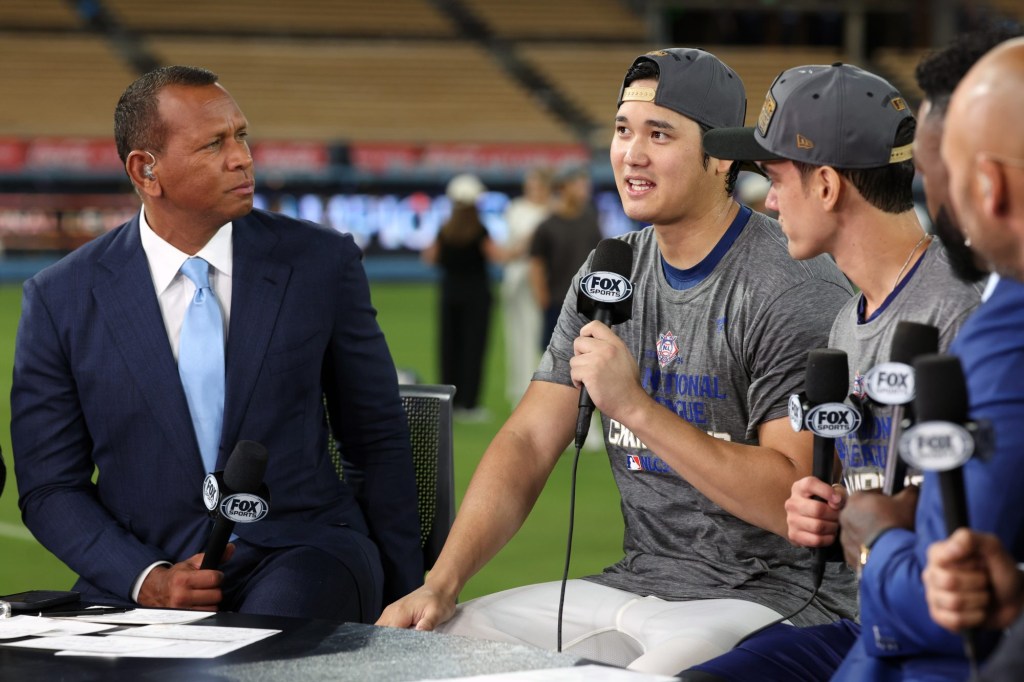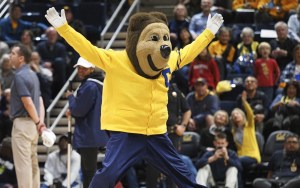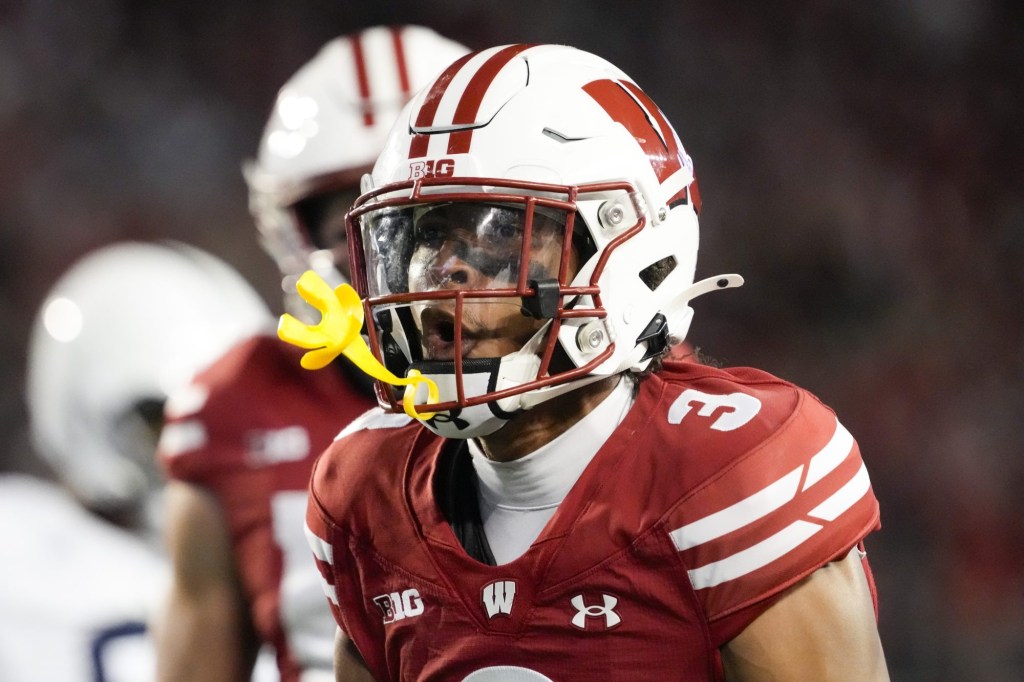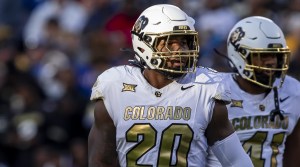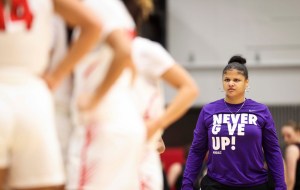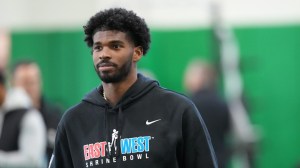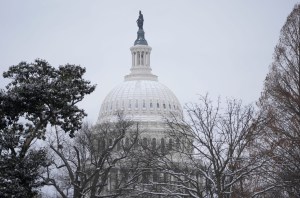All of the Power 5 conferences plan to take the football field by mid-November, a feat that seemed almost impossible less than a month ago.
The Pac-12 CEO Group unanimously voted to reinstate the fall football season, opting for a seven-game conference-only season with opening weekend slated for Nov. 6-7, the conference announced on Sept. 24.
The decision comes a little over a week after the Big Ten announced they, too, would reverse their decision to not play football this fall.
The conference had previously halted all sports competition until Jan. 1.
The decision will also allow the men’s and women’s basketball teams to return to practice on the NCAA’s schedule, joining other conferences in beginning their season on Nov. 25.
“We’re moving forward now. But we’re not moving forward with our eyes shut.” said Oregon President Michael Schill during a press conference following the decision. If COVID-19 cases spike, teams will stop playing, Schill said.
The season will help the financially-ailing Pac-12 and its schools recoup some of the revenue losses that have already roiled its operations.
Following the conferences’ postponement of football, the University of Utah laid off some staff members and planned furloughs for the rest. Athletic director Mark Harlan told reporters he projected $50-60 million in potential 2020 losses without football. The Pac-12 conference itself also laid off staffers.
While ticket revenue is a wash, as no fans can attend any on-campus game at least until January, media rights revenue could help the conference and its schools — the Pac-12 is nearing the end of its $3 billion, 12-year deal with ESPN and Fox.
The ability for Pac-12 schools to play in bowl games could also help, as the conference earned more than $114 million in 2018-19 in bowl game distribution revenue. Playing this fall will also give Pac-12 teams a chance at the lucrative College Football Playoff.
Still, Schill said that despite what “media” or “social media” have said, the decision had “nothing” to do with money, and that profits didn’t come up during discussions. Schill claims that the money paid as a result of the return to sports will be “tiny” compared to what programs have lost. “It had no effect on our decision,” he said.
Pac-12 football teams will play seven games in seven weeks, with champions games played on Dec. 18. Like the Big Ten model, each divisions’ seed will play its counterpart during championship weekend. Giving all teams extra games would allow them to be in better standing for bowl games and opportunities for the College Football Playoff, Arizona State University athletic director Ray Anderson said.
Pac-12 Commissioner Larry Scott said conference and school officials consulted with athletes extensively on the decision. Pac-12 athletes had previously publicly criticized the conference for its lack of transparency surrounding conferences’ original postponement.
The men’s and women’s basketball schedules haven’t been finalized, though Scott said coaches were working to develop schedules, and that they would consider nontraditional options like playing conference games in December. Scott reiterated, however, that they would only play non-conference games in which other teams would uphold their same testing standards.
The testing protocol for athletes will include not only daily rapid antigen testing, but also one PCR test a week, and PCR testing confirmation for all athletes who test positive. PCR tests are considered slower, but more efficient than the rapid tests. The schools will also implement cardiac screening.
In a detailed letter released by the conference on Aug. 11, when the Pac-12 initially decided to postpone, the conference said their main concerns with playing included lack of testing capacity, concern over the unknowns surrounding long-term cardiac complications of COVID-19, and high case counts in communities where Pac-12 schools were located.
The conference mitigated the first concern in early September, when it announced a partnership with Quidel Corporation that would make daily rapid antigen tests available to all Pac-12 schools by October. At the time, Scott called the testing deal “a game-changer.”
The CEO group reversed its decision because schools were able to address the three specific concerns listed on that original document, the announcement said. Sports can return because of the partnership with Quidel, “updated state and local health official guidance” and “the prevalence” of long-term cardiac impacts of COVID-19.
The CEO group considered a winter football season, but ultimately unanimously agreed on a fall season, the announcement said. “We had a really thorough discussion of both sets of start dates,” Schill said. Ultimately, the CEO group decided that the positives of playing in the fall outweighed those of waiting until the winter.
After the Big Ten’s reversal, Scott said that his conference still faced local and state laws that would prohibit a return to competition. Despite a rebuke of this statement from California Gov. Gavin Newsom, some local laws did limit a number of necessary operations needed to conduct football practice and competition, like the number of athletes who could practice together, according to a Mercury News report.
Since then, Pac-12 schools like USC and UCLA, and the conference and local officials, worked together to lift bans that made football practice impossible, according to the Mercury News.
The University of Colorado, Boulder also faces a locally-mandated shutdown of all large in-person student gatherings.
Scott said that each school will have to work with their local officials to determine when they may be “cleared” to begin practicing.
The rest of Pac-12 fall sports will still be conducted in Spring 2021. Schedules for winter sports besides basketball are still in flux.
